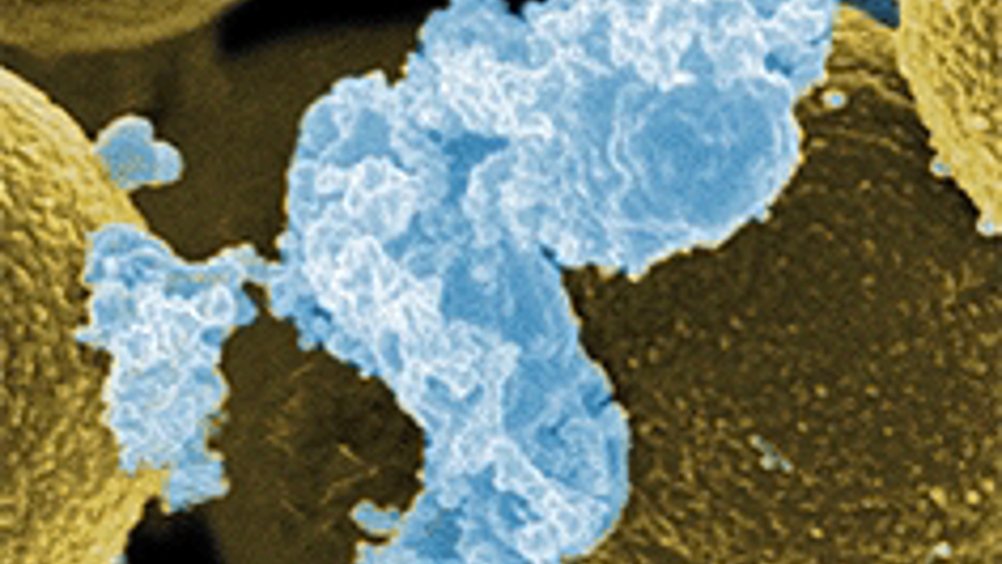Microscopes make new resolution for living cells
Scientists have managed to increase the resolution of a standard optical microscope by around 20 times, opening up the possibility of directly observing living cellular processes.

By seeing exactly how viruses and other pathogens hijack cells, it may be possible to exploit weak links in their lifecycles and develop targeted treatments.
The method uses microspheres in the sample preparation to resolve to around 50 nanometres — surpassing what was assumed to be a theoretical limit of 200nm, which corresponds to the smallest wavelength of visible light.
The micro-particles form a layer acting like a second lens — exploiting the unusual behaviour of light at boundaries and a phenomenon called internally reflecting evanescent waves.
While not quite achieving the resolving power of electron microscopy, the technique has some distinct advantages in practice, as Prof Lin of Manchester University’s School of Mechanical, Aerospace and Civil Engineering explained.
‘With electron microscopy the cells have to be killed before they can be observed and you can only see the surface. Preparation is very difficult, you have to dehydrate and treat them and it requires a vacuum chamber, which is very expensive. A standard electron microscope costs around half a million pounds whereas a standard optical microscope is around £20,000,’ he said.
Register now to continue reading
Thanks for visiting The Engineer. You’ve now reached your monthly limit of news stories. Register for free to unlock unlimited access to all of our news coverage, as well as premium content including opinion, in-depth features and special reports.
Benefits of registering
-
In-depth insights and coverage of key emerging trends
-
Unrestricted access to special reports throughout the year
-
Daily technology news delivered straight to your inbox










UK Enters ‘Golden Age of Nuclear’
Apologies if this is a duplicate post - a glitch appears to have removed the first one: > While I welcome the announcement of this project, I note...